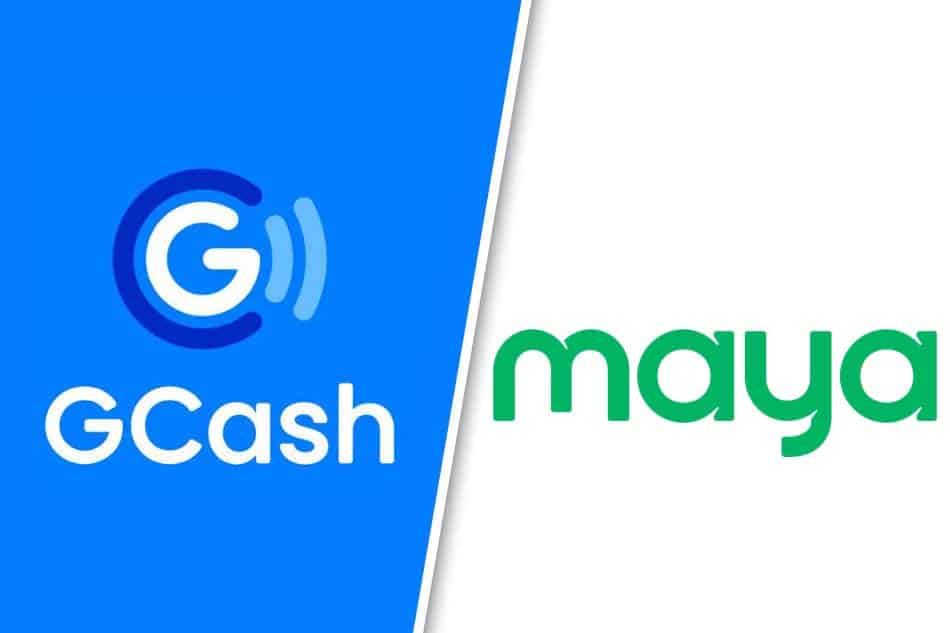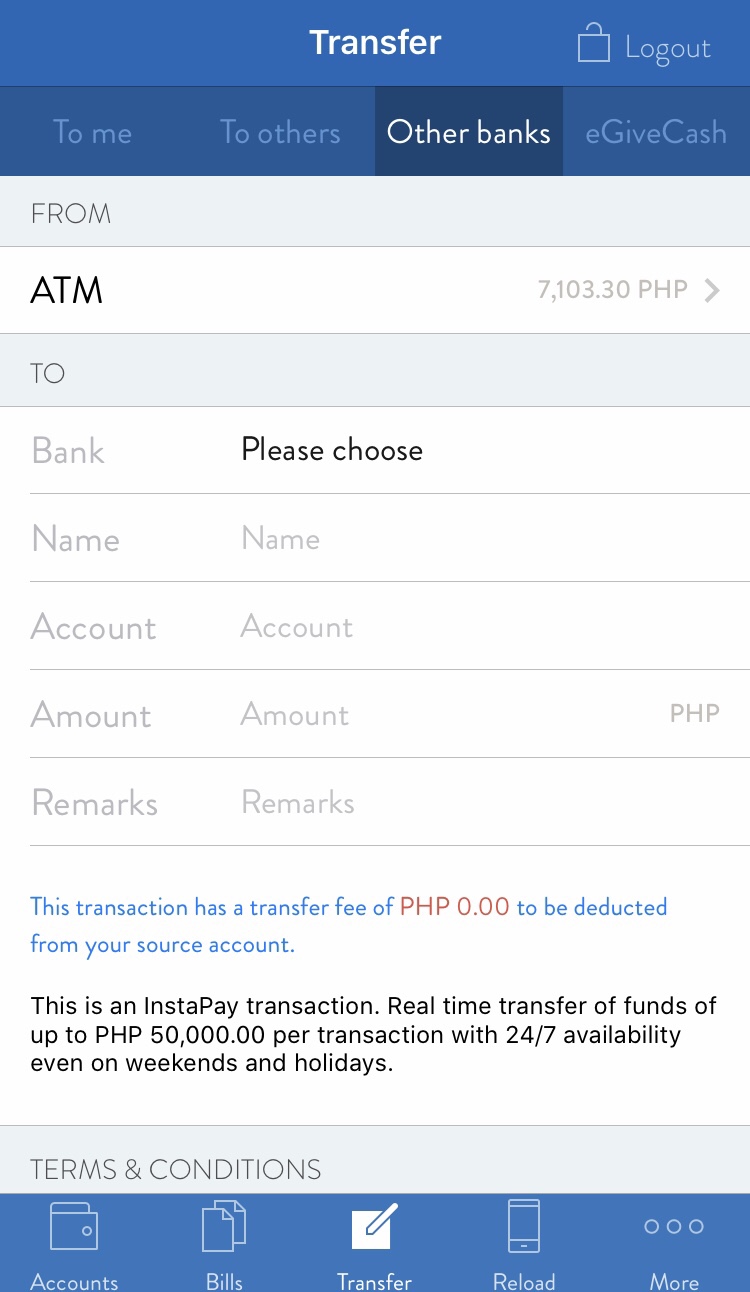
Paying bills has never been easier, thanks to the advent of mobile payment solutions like GCash and Maya. However, my recent experience with GCash highlighted a significant issue that needs addressing.
The Issue with Spam SMS
Recently, I was paying for my Globe Postpaid plan and decided to use GCash for the transaction. However, in the past few days, I’ve been inundated with spam marketing SMS from GCash. The frequency and irrelevance of these messages were frustrating, so I decided to block GCash in my Google Messages app.
The Unintended Consequence
When I attempted to pay my bill via GCash, I didn’t receive the OTP (One-Time Password) required to complete the transaction. It quickly dawned on me that GCash was blocked, preventing the OTP from coming through. I unblocked GCash temporarily, but the OTP still took too long to arrive. This delay was unacceptable, especially when trying to complete a time-sensitive transaction.
Continue reading Navigating the Challenges of Mobile Payments: A Lesson from GCash Spam SMS
